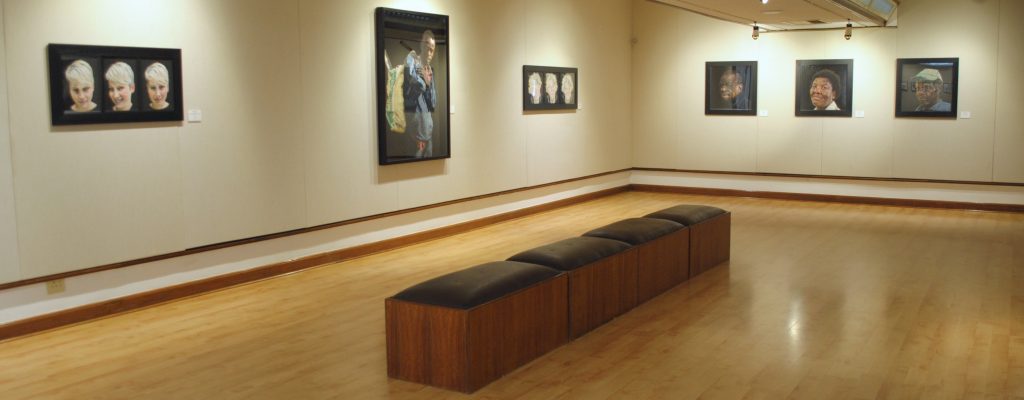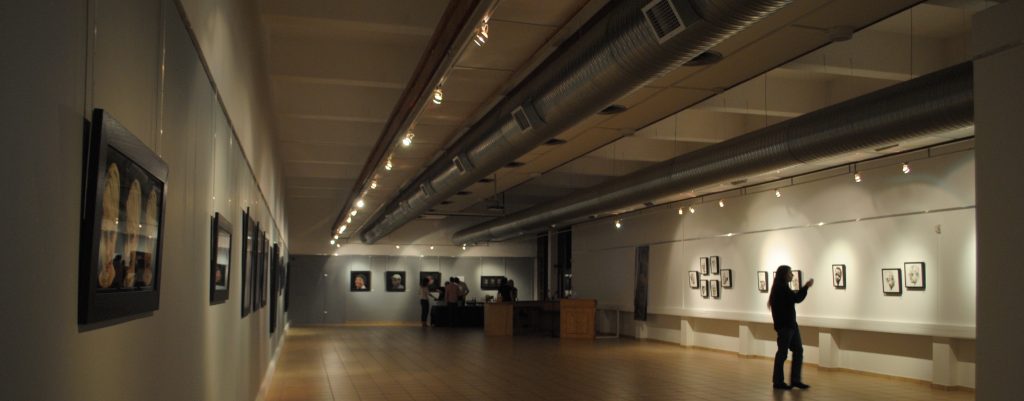Surface 2013
Physiognomy used to
be a method of judging a person’s character by their outward facial
features, originating in ancient times and gaining increased
popularity during the 18th and 19th centuries.
It will immediately strike us as unfair and unscientific, and has in
fact been dismissed as such by contemporary society, but in what
measure do we still unconsciously assess our fellow person’s
character by his or her outward appearance?
The exhibition Surface is compiled of a series of large to medium sized full colour pastel portraits - some on back grounds of black enamel, as well as a series of smaller oil portraits in black and white and a number of monochrome portrait profiles in oil on dinner plates with back grounds of coloured enamel. The combination of a velvety powder pastel against a high gloss enamel back ground has a curious effect of making the portrait 'jump out' from the surface. Another strange feature of this body of work is the “sketchy” quality of the monochrome oils reminding us of charcoal drawings compared to the rich, densely covered full colour surfaces of the pastel drawings, reminding us more of oil paintings than drawings.
Most of the artworks are intense studies of a variety of faces and expressions, giving almost no clue to environment or dress. Titles like “The hungry philosopher” or “The social non-conformist” classifies each portrait as a type.
When viewing the work in Surface, certain questions are being asked of the viewer: How does a person's outer appearance still influence our opinion of their personality type, trustworthiness, criminal potential and intelligence, today and how does this in turn affect our treatment of people? How does our treatment of people consequently affect them to almost “become” that which we expect of them? Also, how much do we still let ourselves be influenced by race and gender?
Recent studies have shown that attractive looking people tend to get jobs easier, are easier acquitted by juries in court and are generally liked better. We also classify a more rounded faced male as less aggressive and friendlier than a square faced male.
The influence of the ideas of physiognomy may even be more profoundly appropriate for the portrait artist: “I have always been fascinated by the idea that as a realistic portraitist I may be able to look far beyond the surface of a face to achieve a deeper understanding of the character of one's subject. In fact, my aim has always been to reveal the character of a person and not just to achieve a mere rendering of the surface of a face.”
Yet, can it be possible that a portrait artist just like everybody else, may be influenced by preconceived ideas, laid down by a set of society bound rules for measuring character by appearance? Is it at all possible to create an honest, objective portrait, and even if this was possible -in what degree can the subject of the artist's observation be influenced during the process of sitting for the artist or of having his or her photograph taken, because of what they feel are expected of them? What in a portrait is real and what is the mere imagination of the artist or that which she wants her audience to see and how far is the artist able to manipulate her audience to accept her own point of view, perhaps without intentionally so, and without even being aware of it?
By means of this exhibition Hugo has gone as much on a journey of self examination as on a journey to examine the possible prevailing attitude of the society in which she finds herself. She invites the viewer to join her on this quest and to explore with her our prejudices and our assumptions about appearance, which may still influence our opinions of people today.
24 January - 10 March 2013, Oliewenhuis Art Museum, Bloemfontein
20 March - 3 May 2013, North-West University Gallery, Potchefstroom
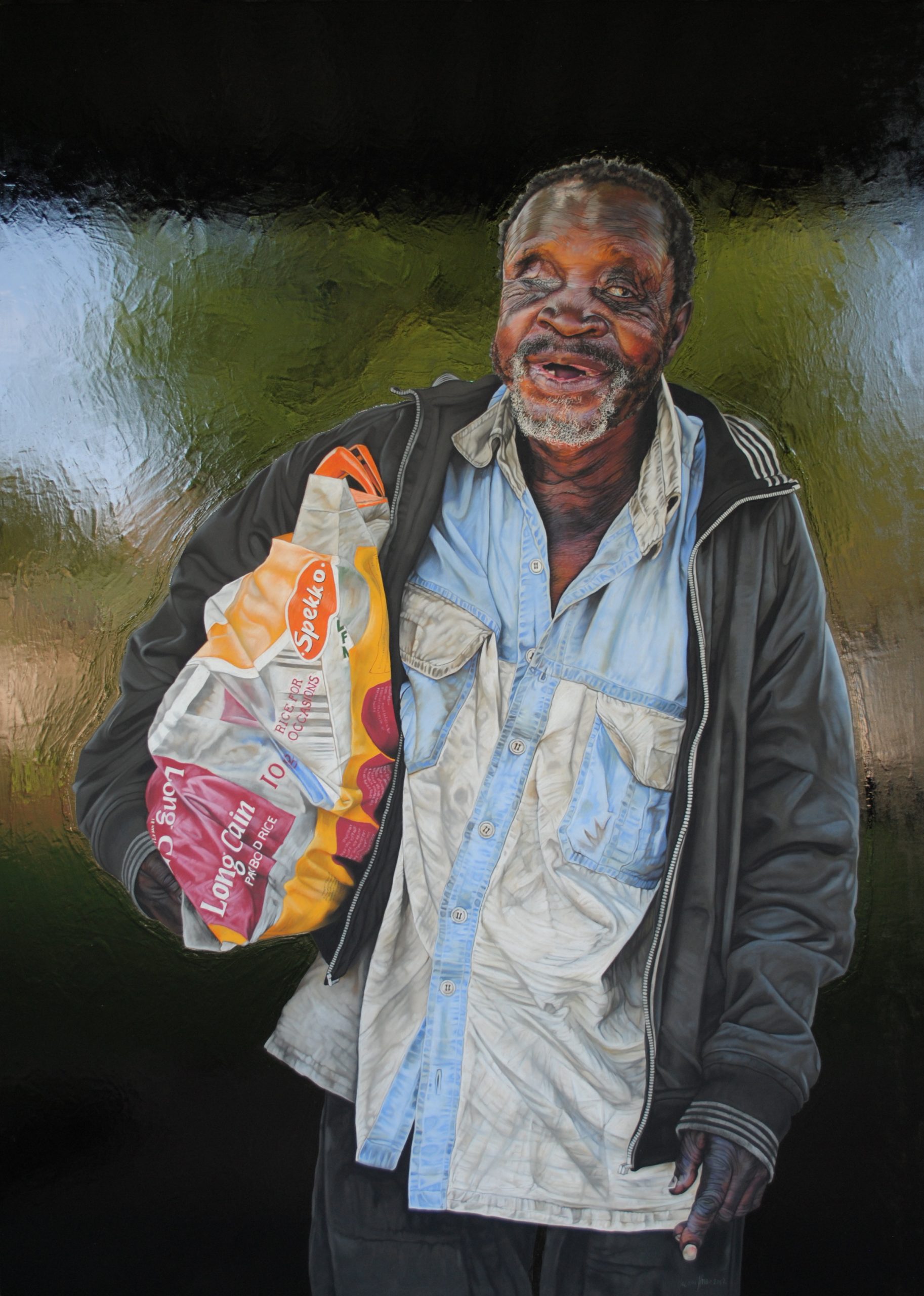 The Enjoyer
140cm x 100cm
Pastel and enamel on board
The Enjoyer
140cm x 100cm
Pastel and enamel on board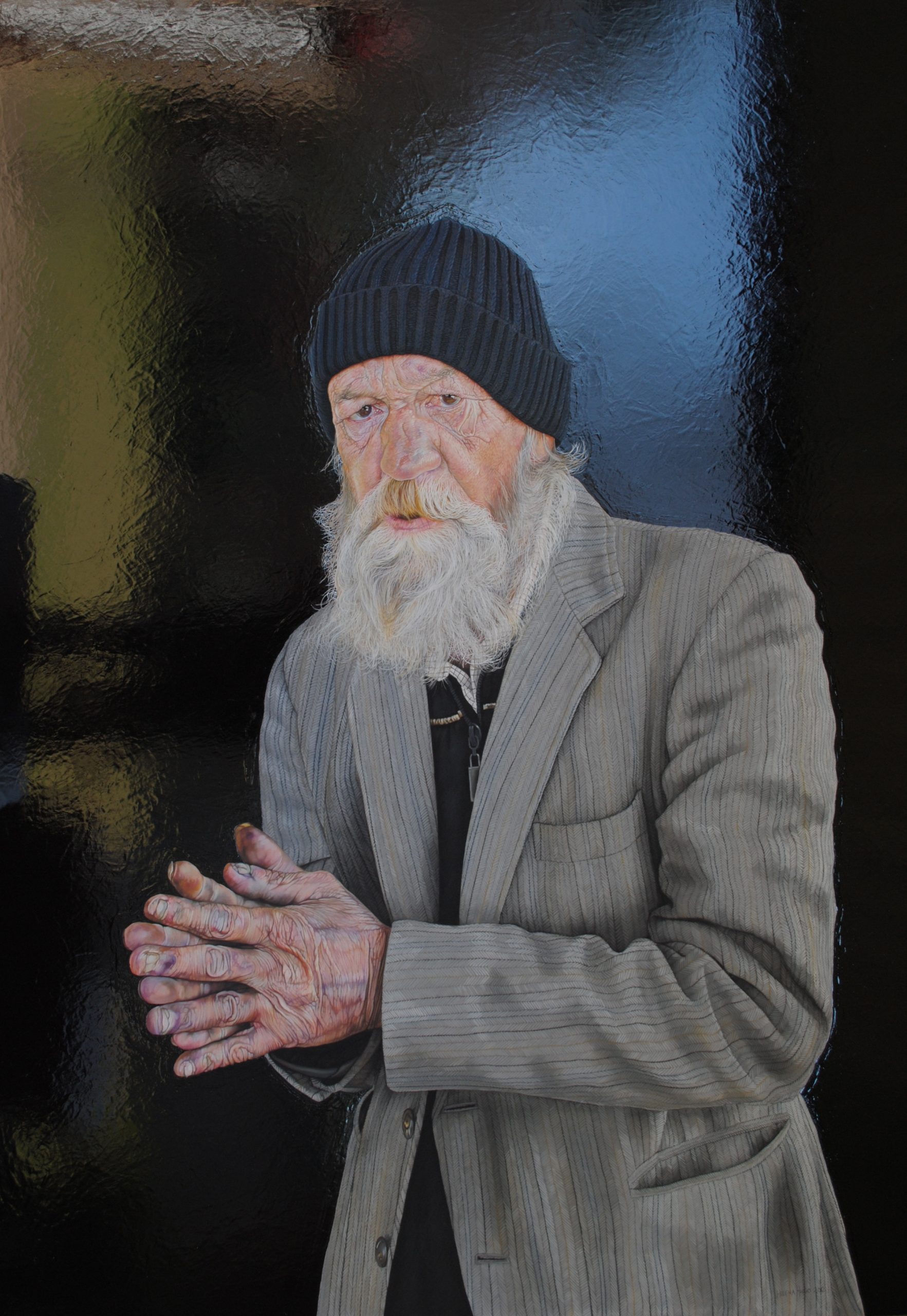 The Hungry Philosopher
140cm x 100cm
Pastel and enamel on board
The Hungry Philosopher
140cm x 100cm
Pastel and enamel on board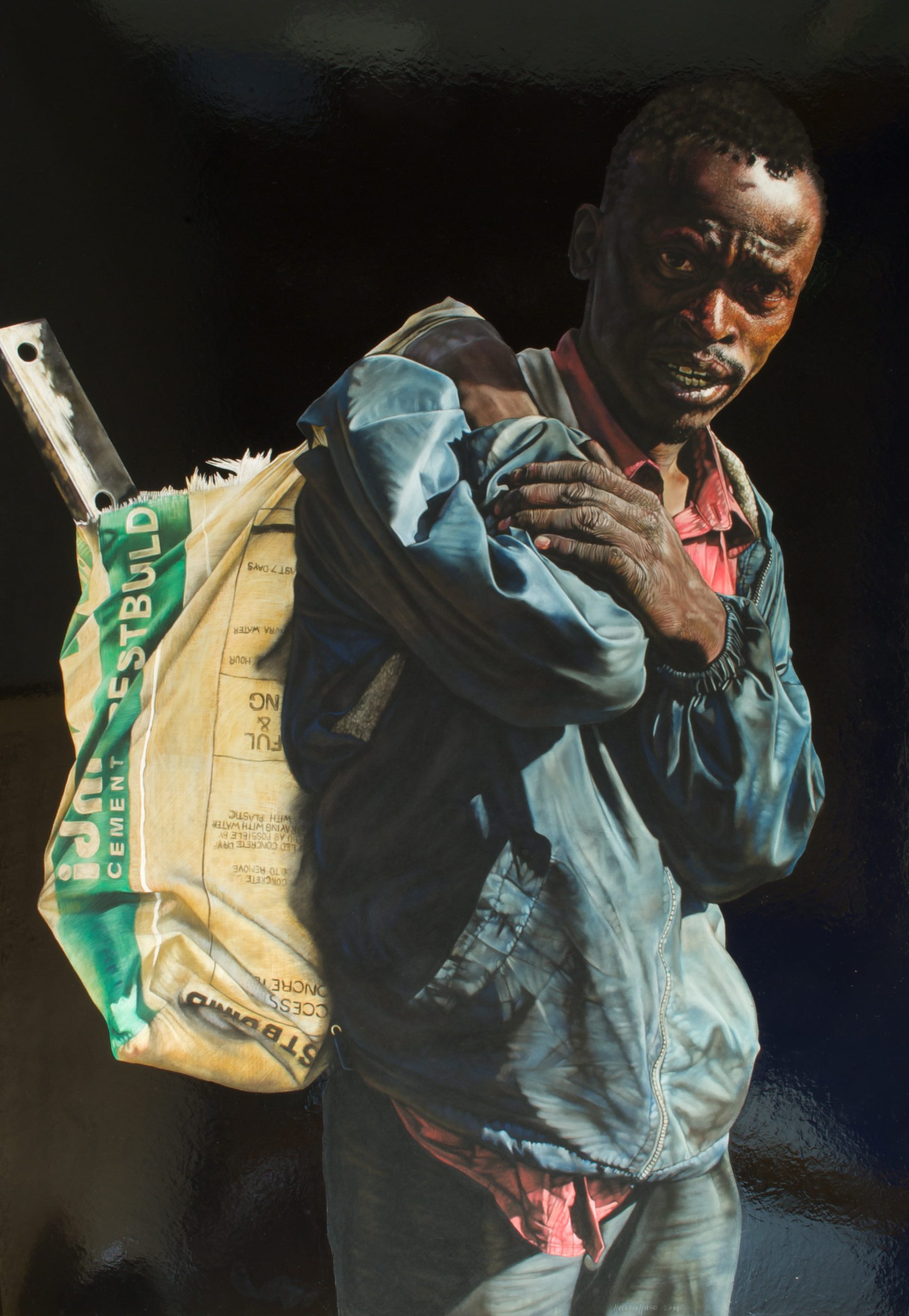 The Hoarder
140cm x 100cm
Pastel and enamel on board
The Hoarder
140cm x 100cm
Pastel and enamel on board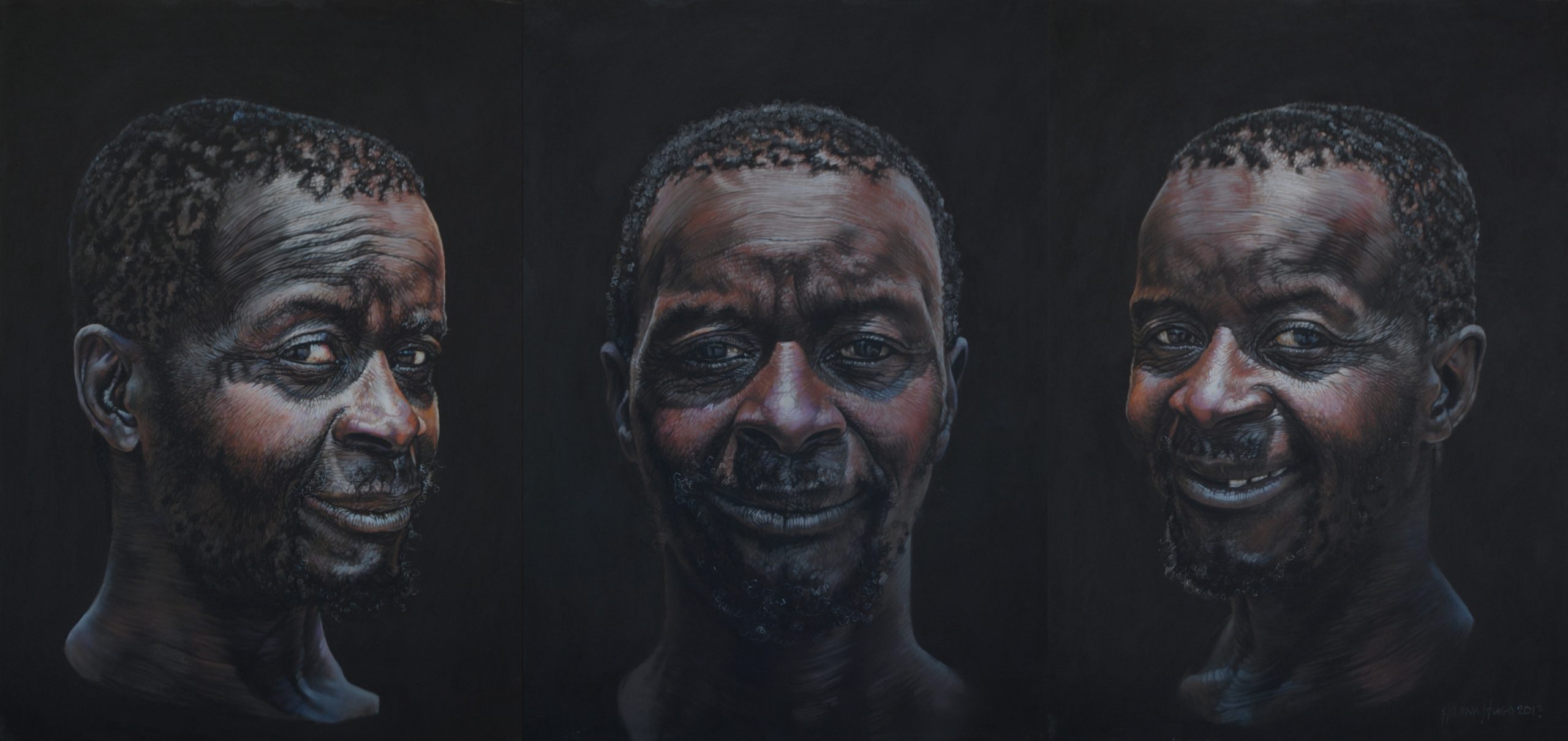 The Alimentive Type: Holds Few Grudges
35cm x 84cm
Pastel on board
The Alimentive Type: Holds Few Grudges
35cm x 84cm
Pastel on board
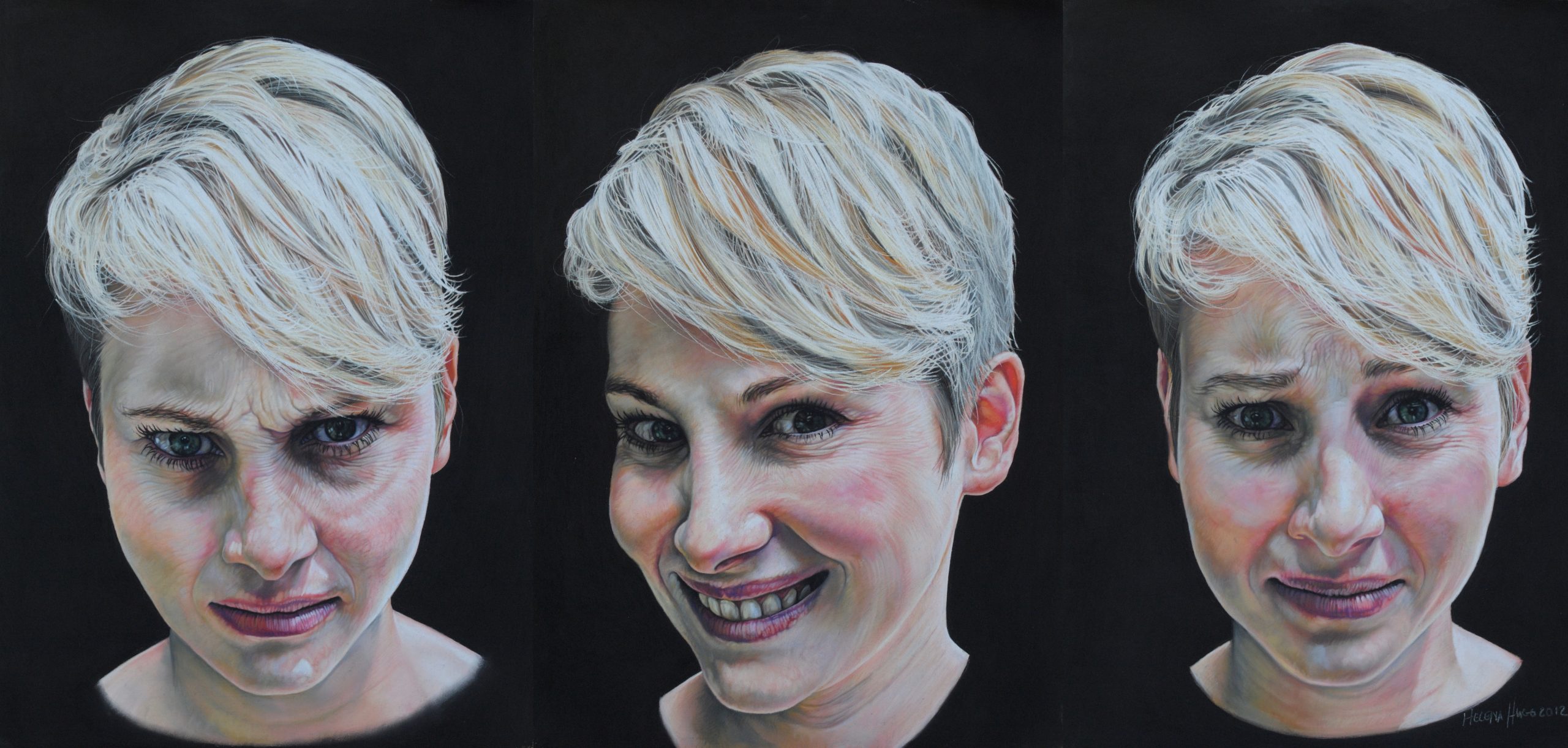 The Osseous Type: Pays Her Bills
35cm x 84cm
Pastel on board
The Osseous Type: Pays Her Bills
35cm x 84cm
Pastel on board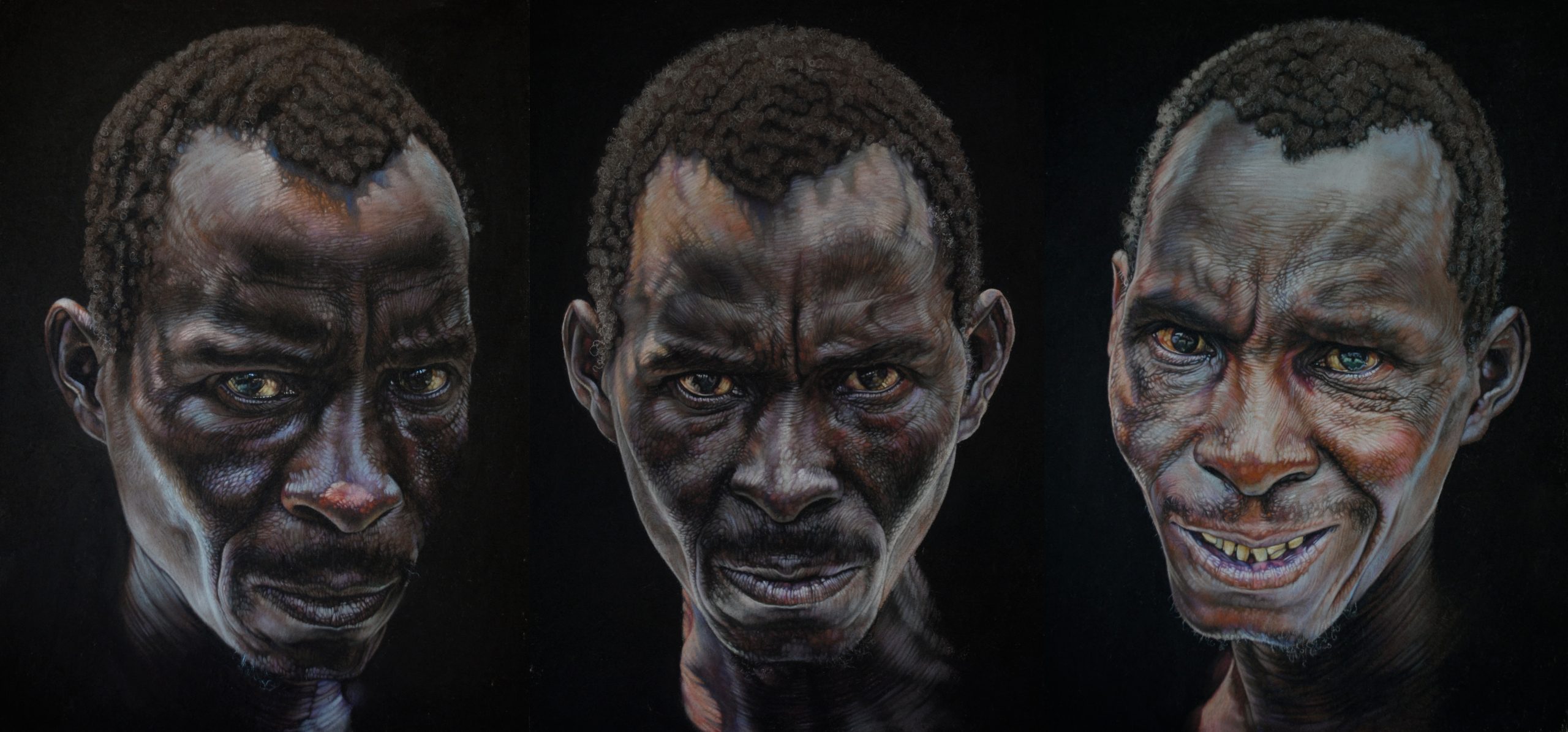 The Thoracic Kind: Never Dull Company
35cm x 84cm
Pastel on board
The Thoracic Kind: Never Dull Company
35cm x 84cm
Pastel on board
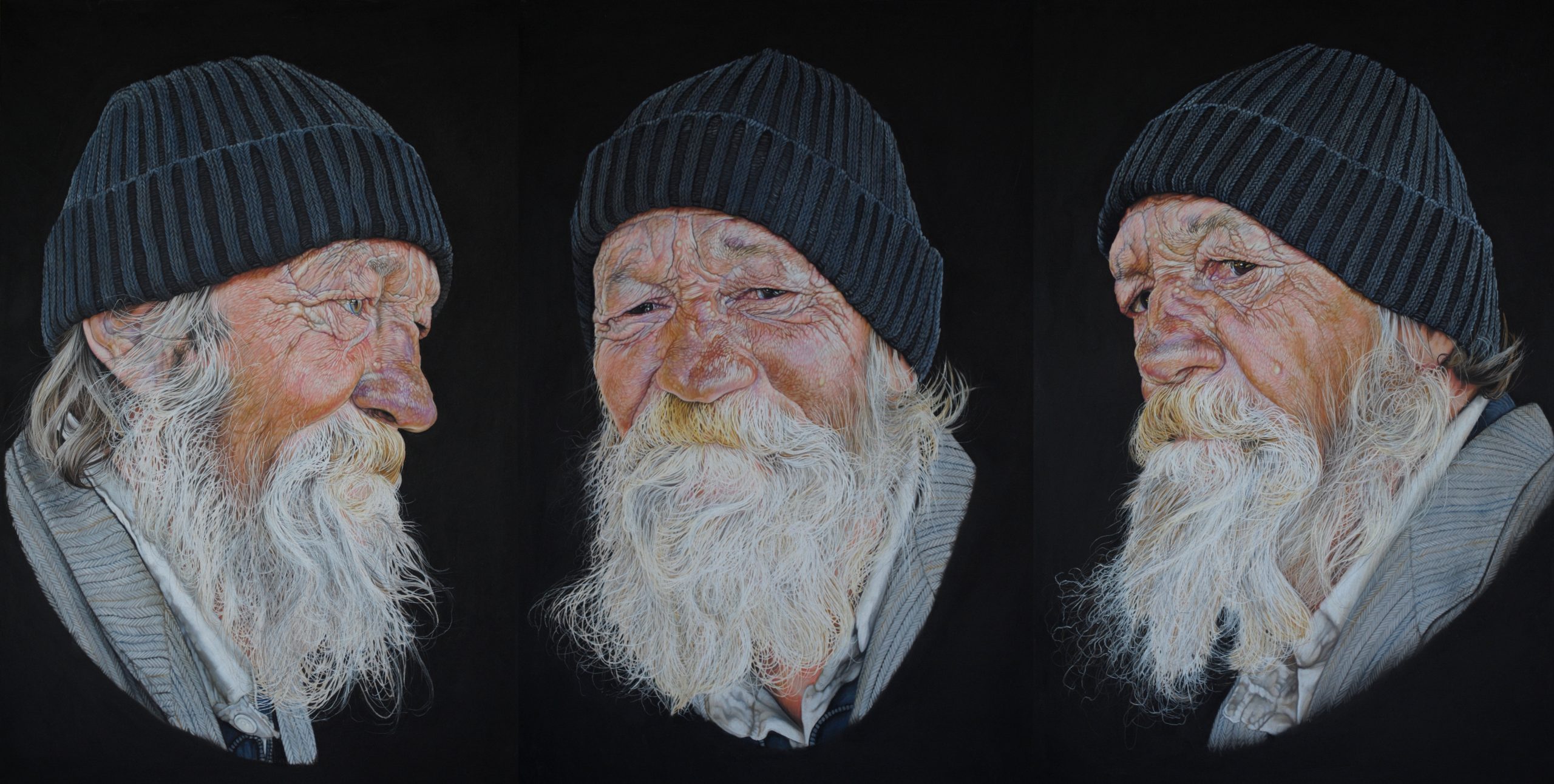 The Cerebral Type: Almost Never Rich
49cm x 99cm
Pastel on board
The Cerebral Type: Almost Never Rich
49cm x 99cm
Pastel on board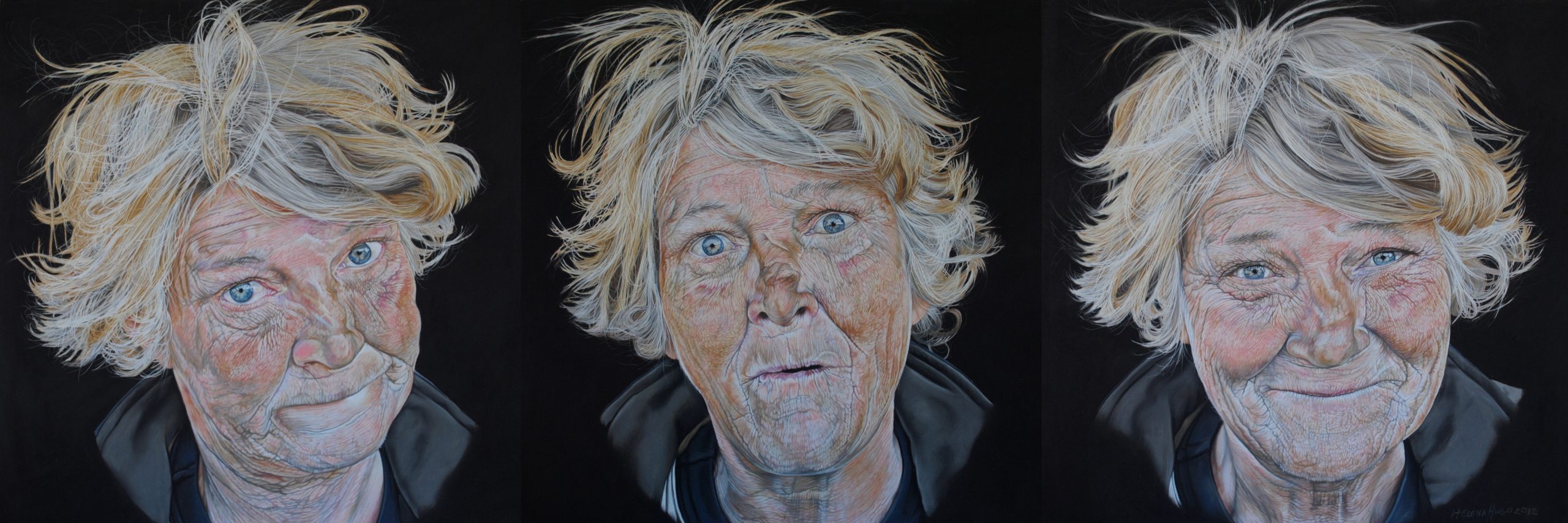 The Muscular Type: The Most Generous Friend
37cm x 115cm
Pastel on board
The Muscular Type: The Most Generous Friend
37cm x 115cm
Pastel on board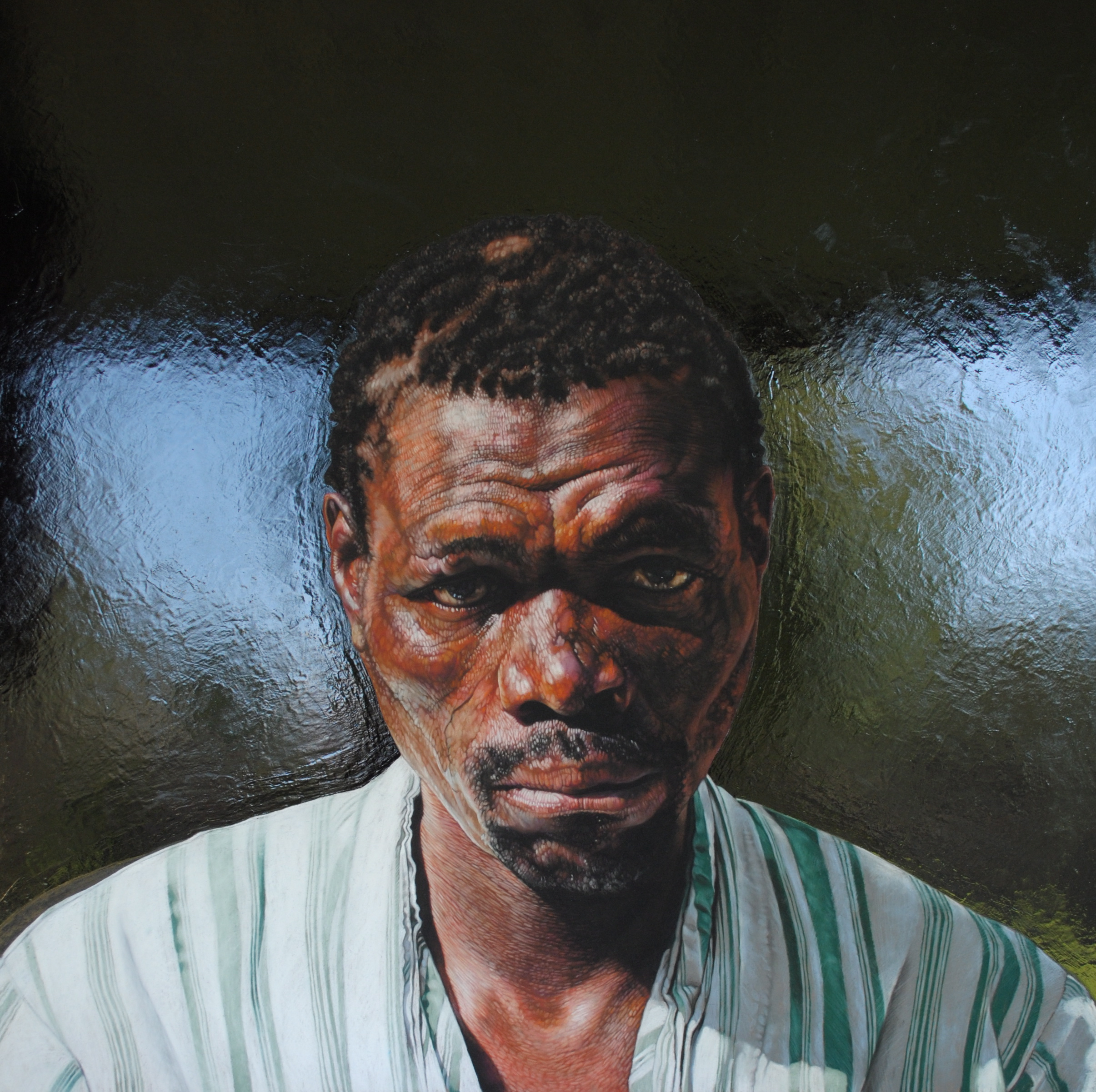 The Social Non-conformist
80cm x 80cm
Pastel and enamel on board
The Social Non-conformist
80cm x 80cm
Pastel and enamel on board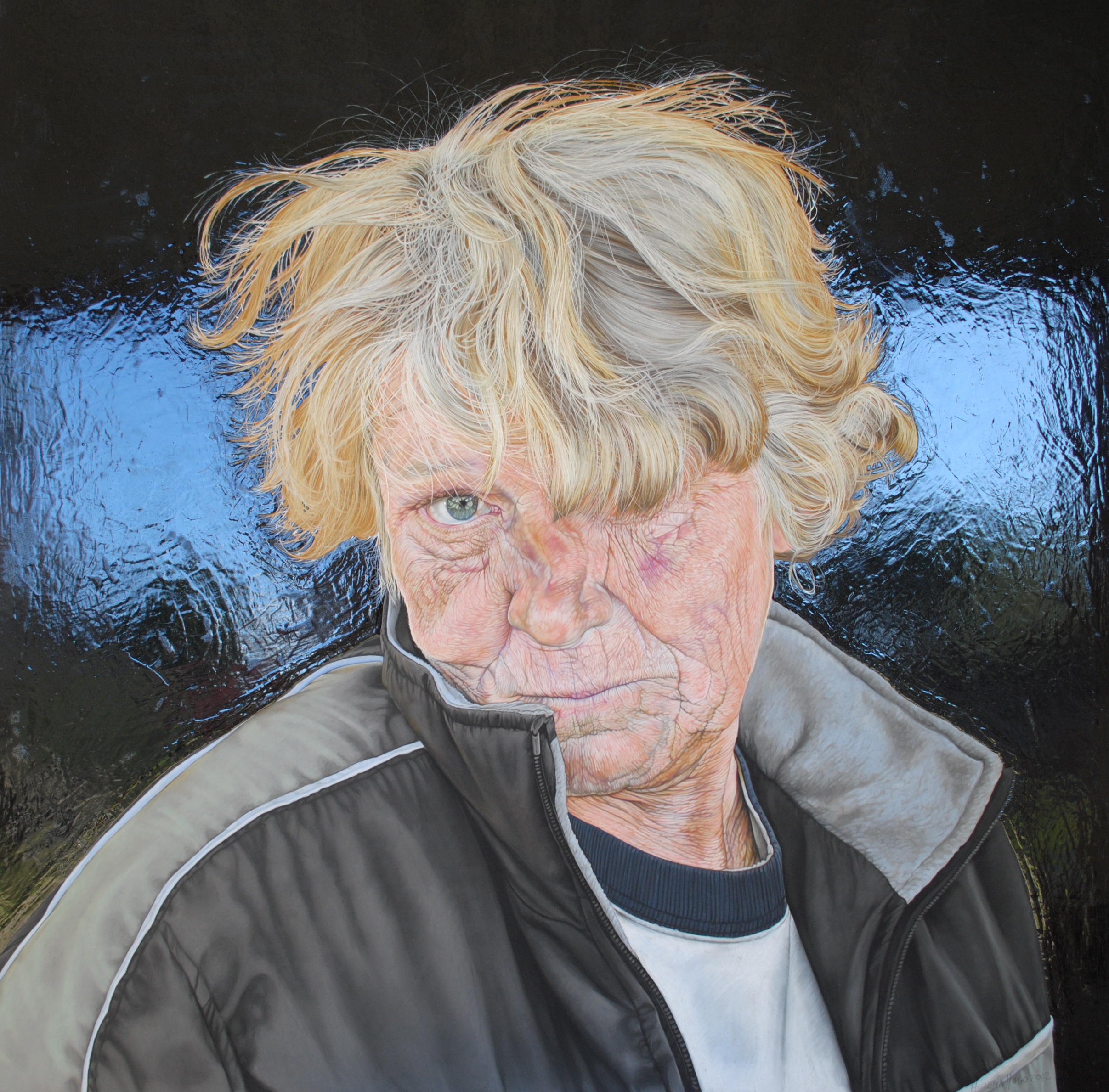 The Tough cookie
80cm x 80cm
Pastel and enamel on board
The Tough cookie
80cm x 80cm
Pastel and enamel on board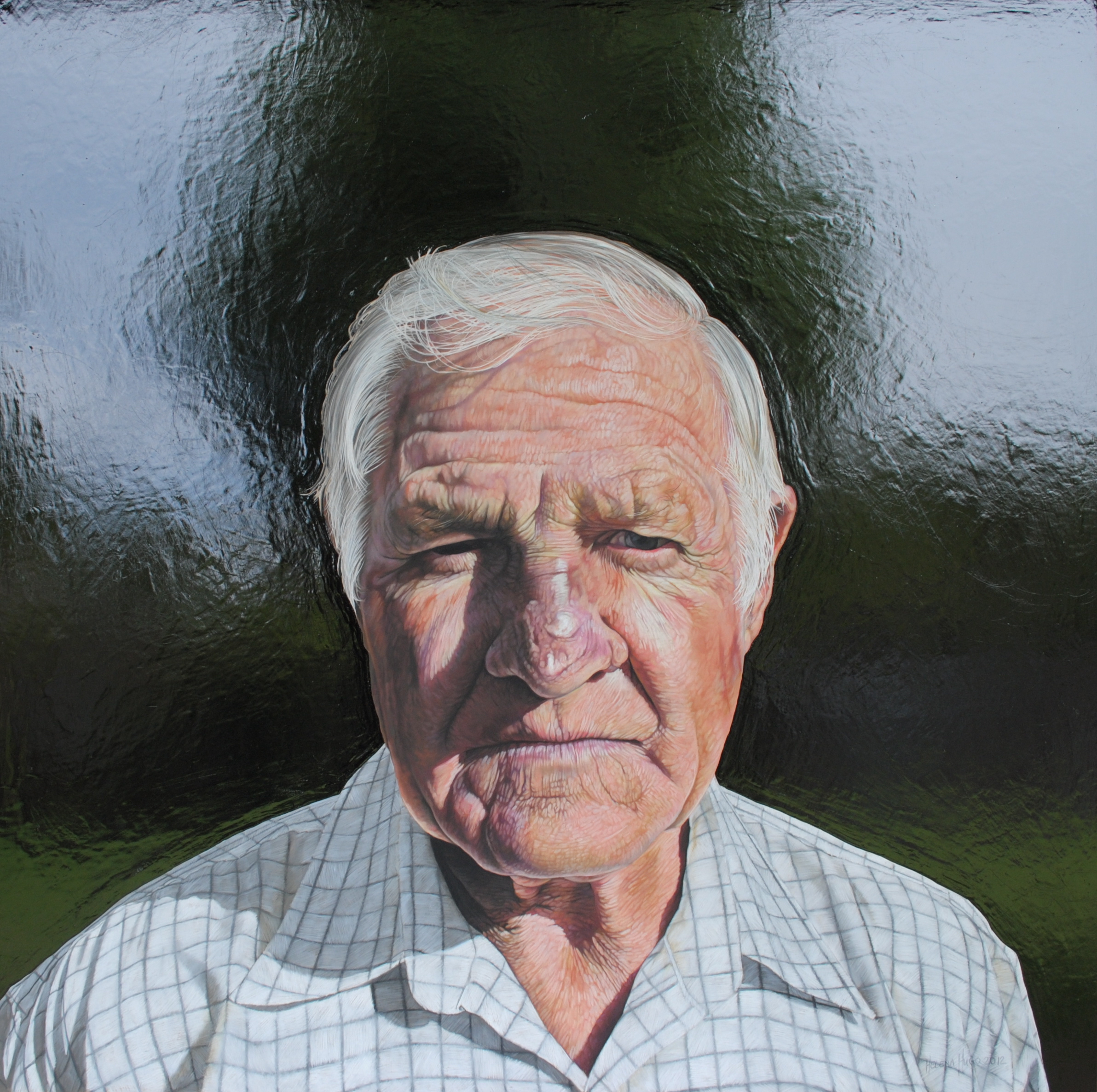 The Charming Conversationalis
80cm x 80cm
Pastel and enamel on board
The Charming Conversationalis
80cm x 80cm
Pastel and enamel on board
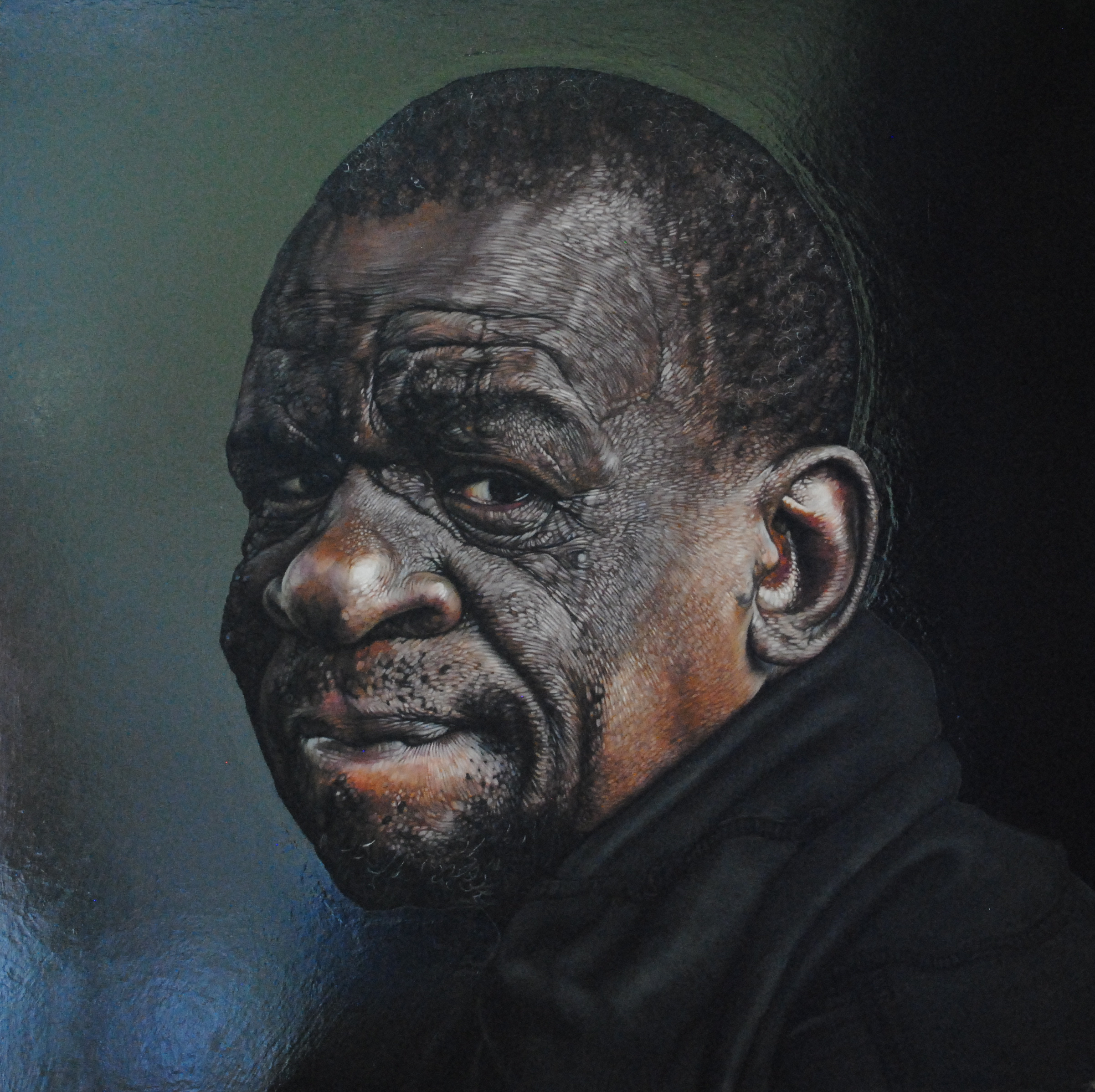 The Forgiving Man
60cm x 60cm
Pastel and enamel on board
The Forgiving Man
60cm x 60cm
Pastel and enamel on board
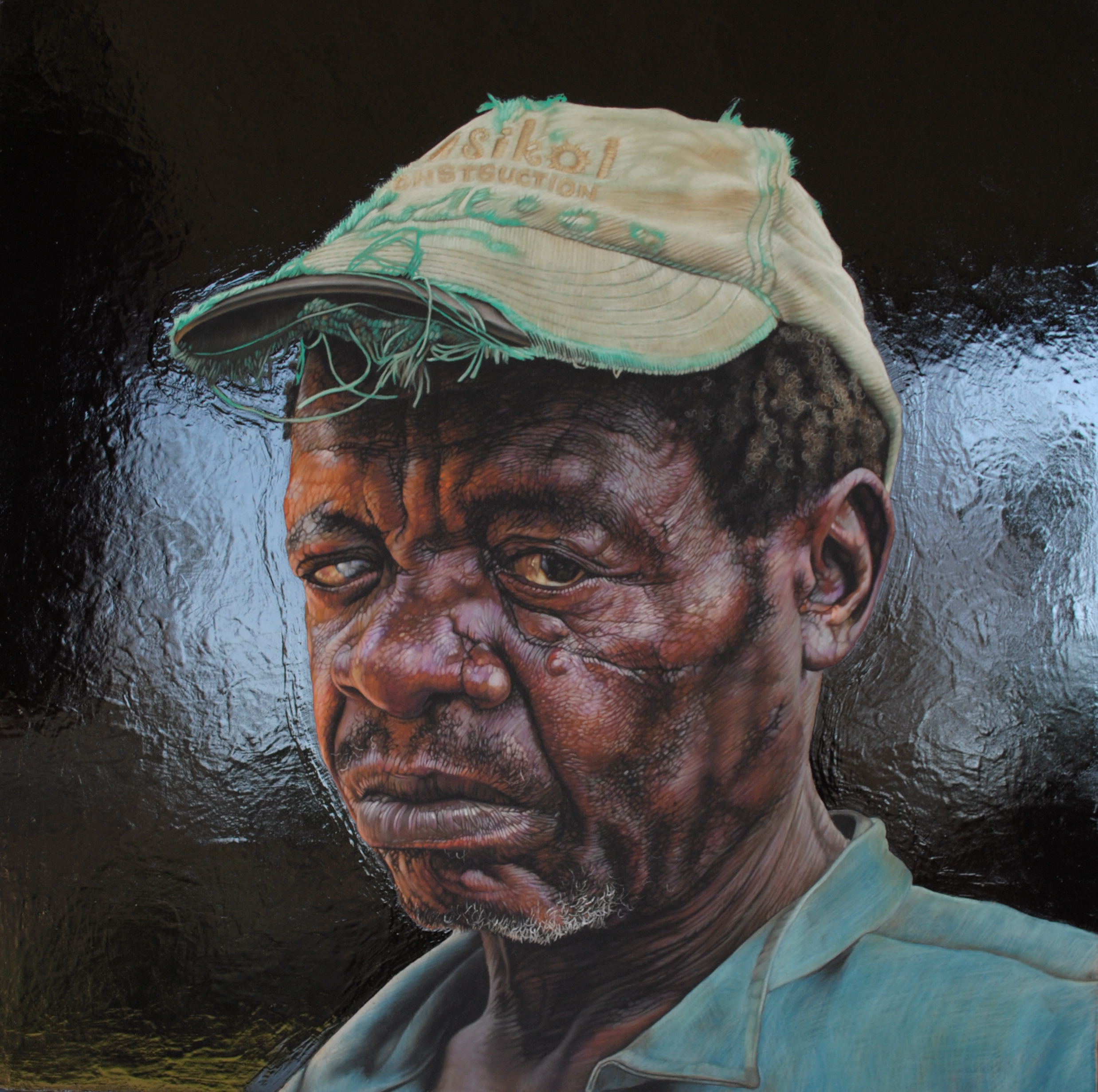 The Plain Talker
60cm x 60cm
Pastel and enamel on board
The Plain Talker
60cm x 60cm
Pastel and enamel on board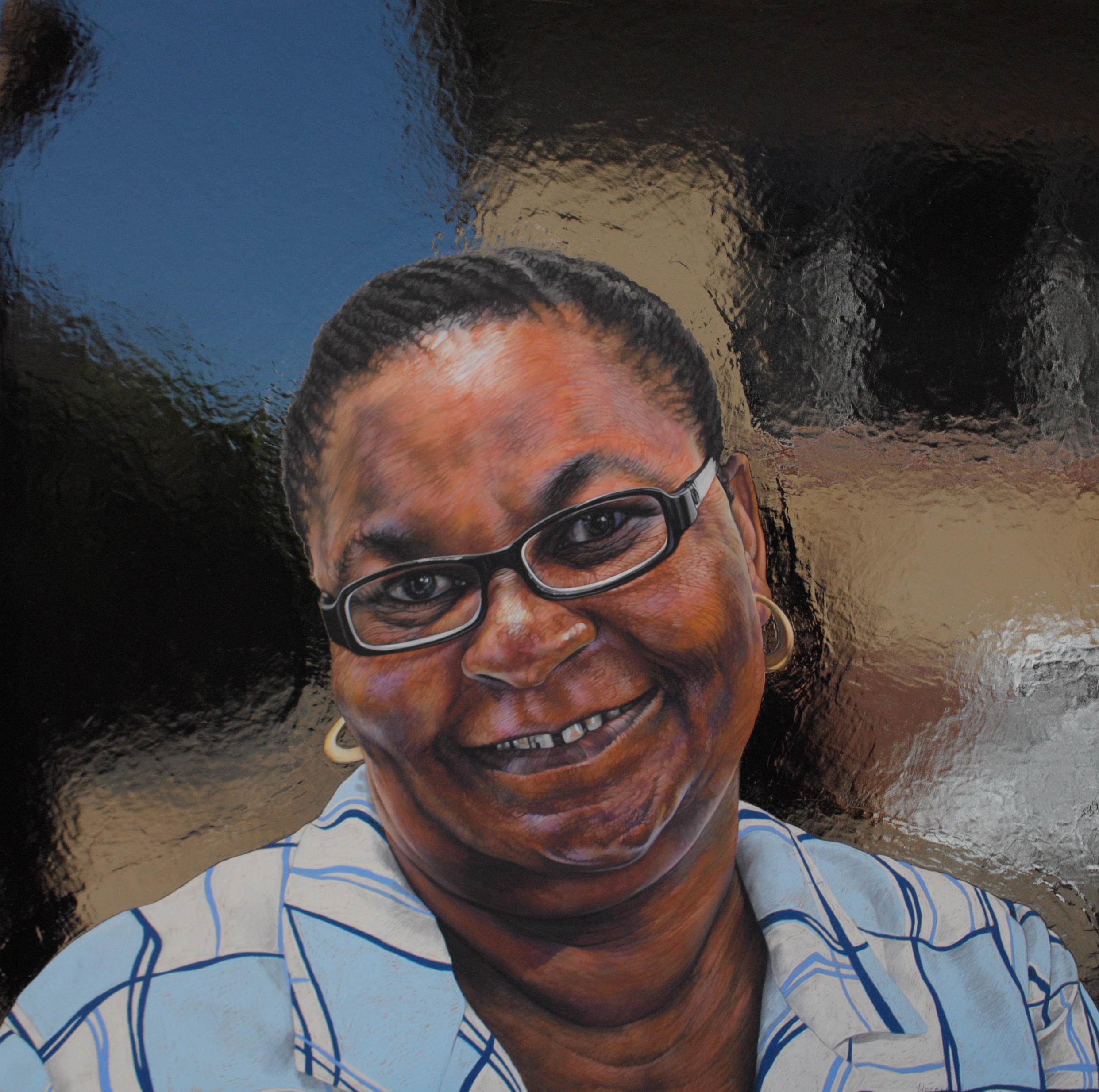 The One Who's Responsible
60cm x 60cm
Pastel and enamel on board
The One Who's Responsible
60cm x 60cm
Pastel and enamel on board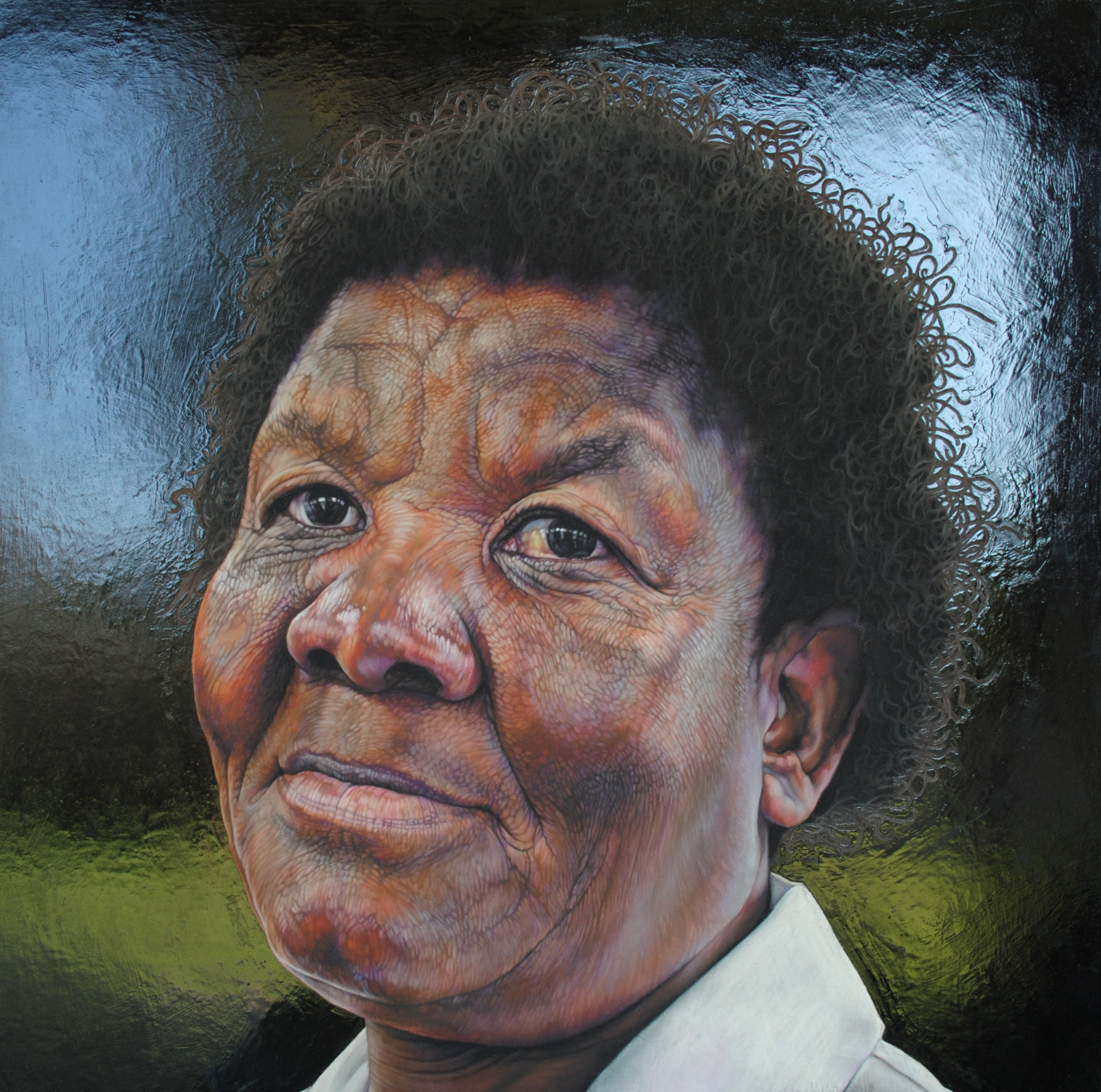 The Good Provider
60cm x 60cm
Pastel and enamel on board
The Good Provider
60cm x 60cm
Pastel and enamel on board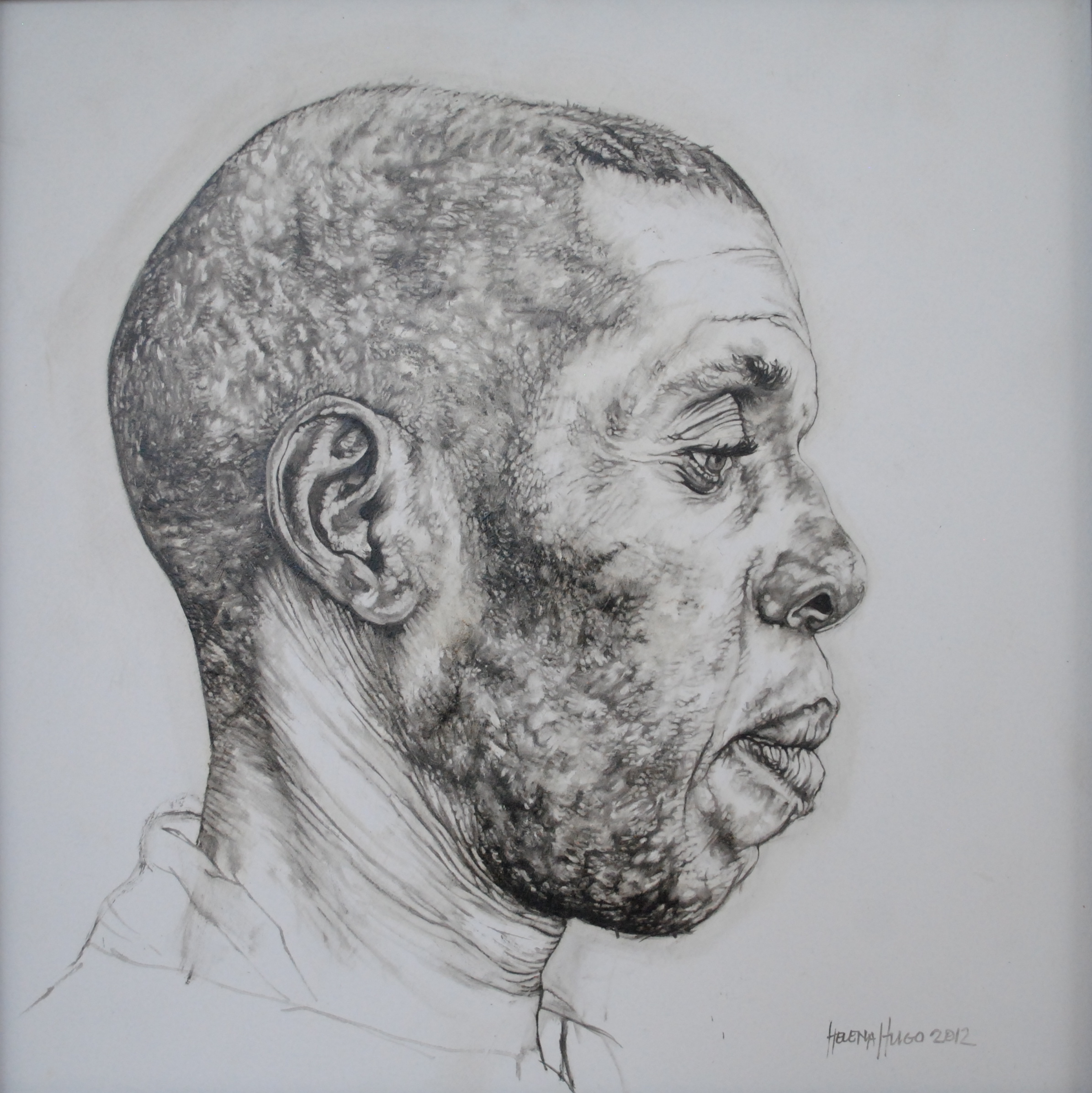 Character Sketch I
35cm x 35cm
Oil on board
Character Sketch I
35cm x 35cm
Oil on board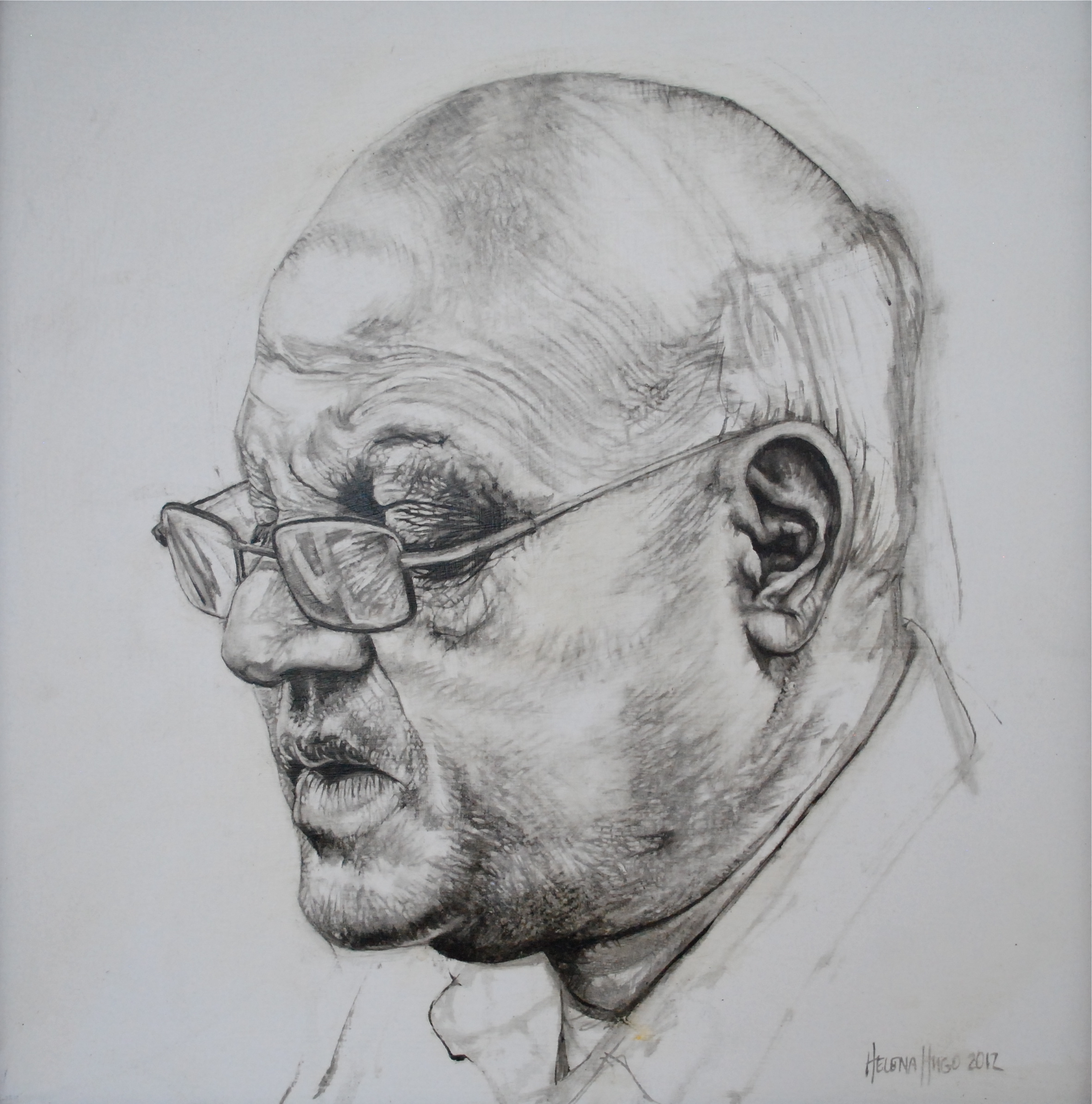 Character Sketch II
35cm x 35cm
Oil on board
Character Sketch II
35cm x 35cm
Oil on board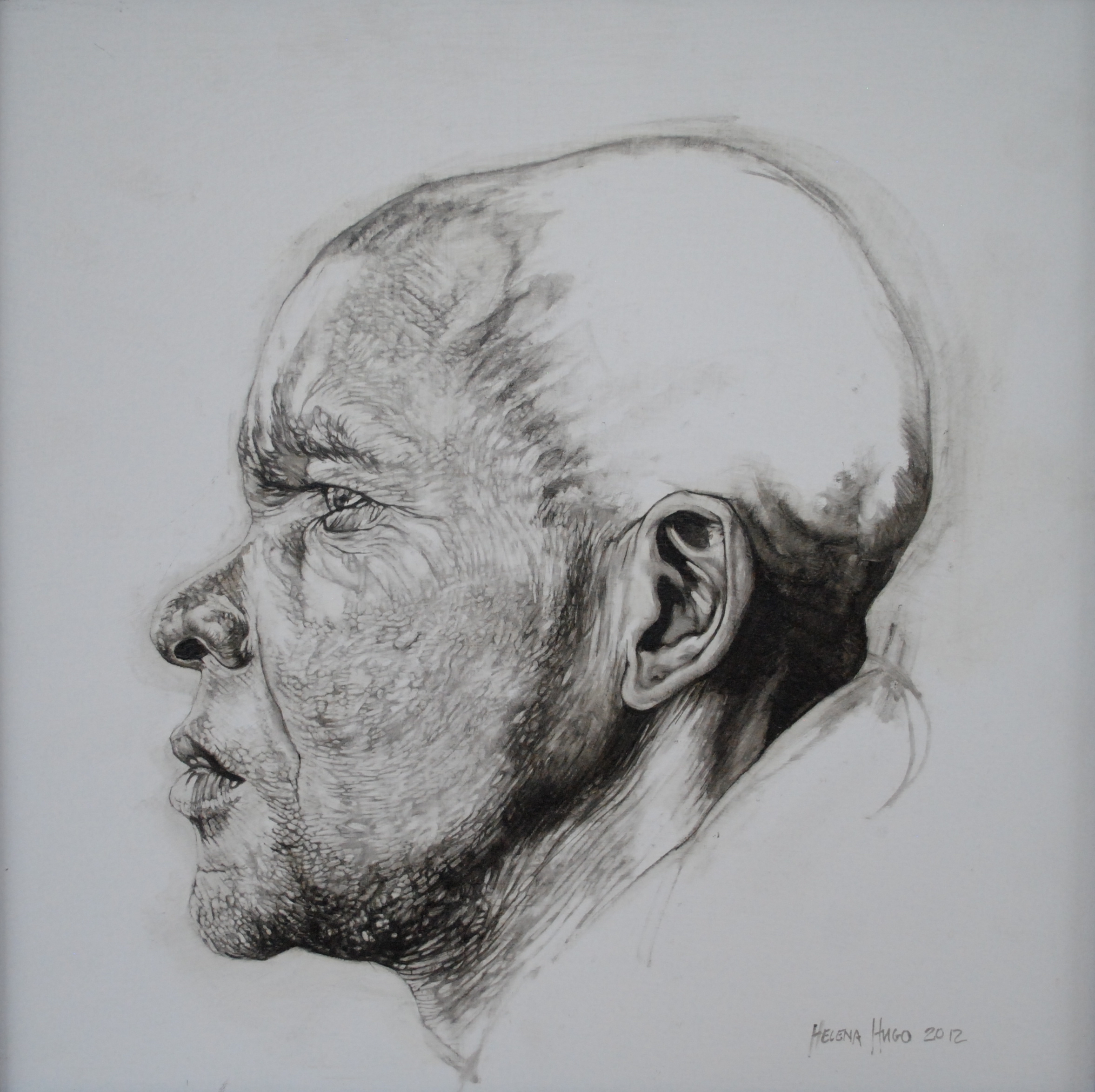 Character Sketch III
35cm x 35cm
Oil on board
Character Sketch III
35cm x 35cm
Oil on board
